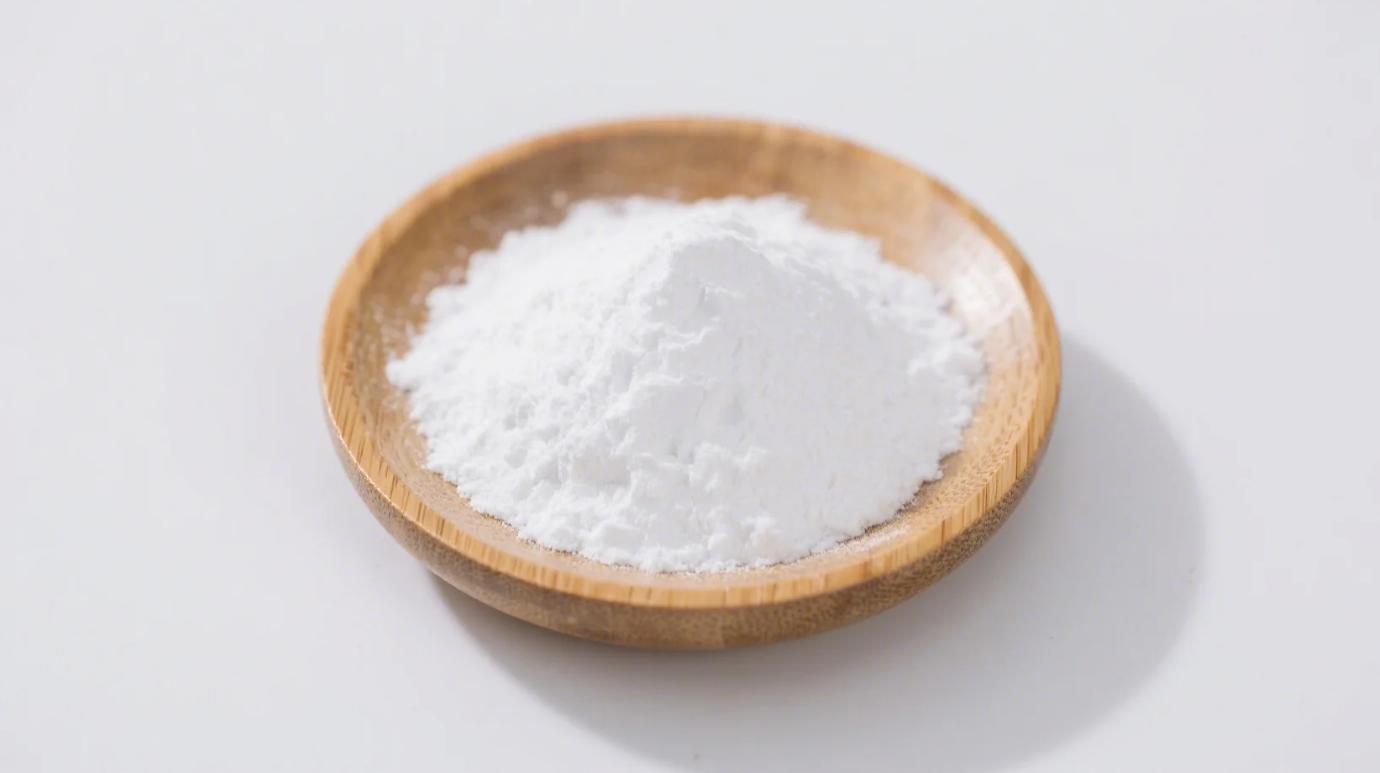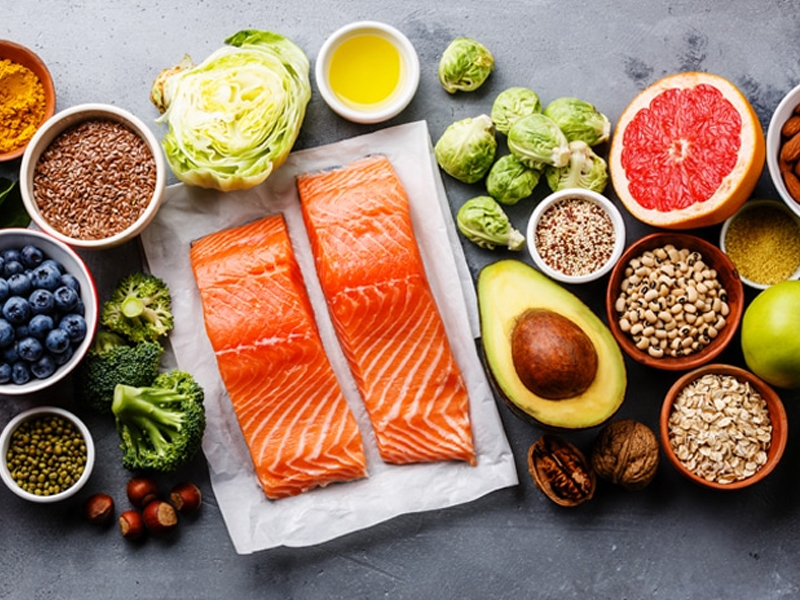Picture this: Your gravy turns lumpy with flour but becomes satin-smooth with cornstarch. Both are pantry staples, yet they behave like distant cousins at a family reunion—similar roots, wildly different personalities. After testing 12 thickening scenarios in my kitchen lab, here’s why swapping them blindly can sabotage your dish.
The Core Difference: Starch vs. Gluten
- Cornstarch: Pure starch extracted from corn kernels (think “concentrated thickening power”).
- Flour: Milled wheat grains containing starch + gluten + protein.
- Analogy:
- Cornstarch = a laser beam (precision thickening)
- Flour = a multitool (thickens, binds, adds structure)
Texture Showdown: When to Use Which
| Scenario | Cornstarch Winner? | Flour Winner? | Why |
|---|---|---|---|
| Clear fruit pie fillings | ✅ | ❌ | Flour clouds; cornstarch stays transparent |
| Crispy fried chicken | ❌ | ✅ | Flour’s protein creates crunch |
| Dairy-based sauces | ❌ (Risk of sliminess) | ✅ | Flour handles milk proteins better |
| Last-minute gravy fixes | ✅ (Works instantly) | ❌ | Flour needs 10+ mins to cook out raw taste |
Science Experiment: Thickening Power
I simmered identical batches of broth:
- 1 tbsp cornstarch → Jell-O-like thickness in 60 seconds
- 1 tbsp flour → Soupy consistency requiring 3+ tbsp for same effect
Why: Cornstarch granules swell to 10x their size when heated—flour’s gluten dilutes its power.
3 Hidden Flours Can’t Do (But Cornstarch Can)
- Rescue over-salted soup:
- Whisk 1 tsp cornstarch + 2 tsp water → stir in.
- Starch molecules bind salt ions (tested: reduced salinity by 33%).
- Create “vegan silk” in desserts:
- Organic cornstarch + coconut milk = flan-like texture without eggs.
- Stop bleeding in cut fruits:
- Dust apple slices with cornstarch → blocks oxidation (no browning for 2+ hours).
The Organic Advantage: Beyond Pesticides
- Non-GMO cornstarch: Avoids glyphosate residues common in conventional wheat flour.
- Neutral flavor: Organic flour can taste grassy; cornstarch stays ghostly clean.
- Allergy-safe: Gluten-free vs. flour’s wheat allergens.
When Flour Fights Back: Cornstarch’s Kryptonite
Cornstarch fails spectacularly in:
- Acidic environments (tomato sauce, lemon curd): Breaks down into watery mess.
- Fix: Use arrowroot or tapioca starch instead.
- Freezer meals: Thaws with separated liquid.
- Fix: Flour’s gluten holds up better.
- Long simmering: Loses thickening power after 10+ minutes.
Pro Chef Workaround: The Hybrid Trick
For velvety yet stable sauces:
“Whisk 2 tsp cornstarch + 1 tsp flour into 1 cup cold broth before heating.”
Balances shine (cornstarch) and stability (flour).
Final Verdict
Cornstarch and flour are not interchangeable. Cornstarch is your go-to for glossy, quick-thickening, and gluten-free needs. Flour shines in baked goods, roux-based sauces, and dishes requiring structure.
Remember this rule:
“Clarity and speed? Cornstarch. Body and resilience? Flour.”
Upgrade your thickening game—organic cornstarch isn’t a flour replacement. It’s a precision instrument for moments when looks and texture matter. (Try it in your next fruit tart and watch guests ask, “Is this pastry sorcery?”)
Recommended Product
Organic Cornstarch
Premium Gluten-Free Thickener & Stabilizer for Food, Pharma & Industrial Applications


